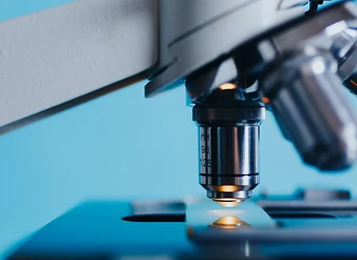

- Application Article
- Download
Hooke College

- About Us
- Team
- R & D and production
- Join Us
- Contact Us
- Qualification honor



On March 19, 2024, Professor Wang Hua's team from Chongqing Medical University Affiliated Children's Hospital published a paper titled "Serum Apelin as a potential biomarker for infantile hemangiomas" in the journal Pediatric Blood&Cancer. This study, combined with bioinformatics analysis and validation of clinical pediatric tissue and serum samples, revealed the potential of peripheral blood Apelin as a clinical biomarker for infantile hemangiomas (IHs). HOOKE INSTRUMENTS S3000 rotary confocal microscope, with its fast imaging advantage, has the privilege of being used as Apelin in IHs pathological sections in this study The immunofluorescence observation of antibodies such as APJ provides a powerful tool.

Background: Infantile hemangiomas (IHs) are common benign vascular tumors in infants. Apelin, an endogenous cytokine, is implicated in the angiogenesis of neoplastic diseases. We aimed to explore the association between apelin and IHs, providing a foundation for clinical applications.
Methods: We identified differential expression of apelin in proliferative IHs compared to healthy controls (HCs) through bioinformatics analysis of publicly available databases and verified by Immunofluorescence. Enzyme-linked immunosorbent assay was used to quantify the serum levels of apelin and vascular endothelial growth factor (VEGF) in a cohort of 116 cases of proliferative IHs, 65 cases of capillary malformations (CMs), and 70 HCs.
Results: Apelin and APJ (APLNR, apelin receptor) were identified as the significantly upregulated differentially expressed genes (DEGs) in proliferative IHs. Immunofluorescence staining indicated high expression of apelin in proliferative IHs, while minimal expression in non-IH lesions. Apelin in IHs was reduced following 6 months of propranolol treatment. Serum apelin levels were significantly higher in the IH group compared to both the CM and HC groups. Moreover, apelin exhibited excellent discriminatory ability in distinguishing IHs from HCs, with an area under the curve (AUC) exceeding 0.90. A positive correlation was observed between the levels of apelin and the size of superficial IHs. The expression profiles of VEGF and apelin in IHs were found to be consistent.
Conclusions: Apelin shows promise as a potential biomarker for IHs. The association between apelin and IH size, as well as its responsiveness to propranolol treatment, indicates its possible utility as a valuable indicator for the therapeutic evaluation of IHs.
The paper links:

+86-431-81077008

Building 3, Photoelectric Information Industrial Park, No.7691 Ziyou Road, Changchun, Jilin, P.R.C

marketing@hooke-instruments.com

COPYRIGHT©2022 HOOKE INSTRUMENTS LTD.ALL RIGHTS RESERVED 吉ICP备18001354号-1